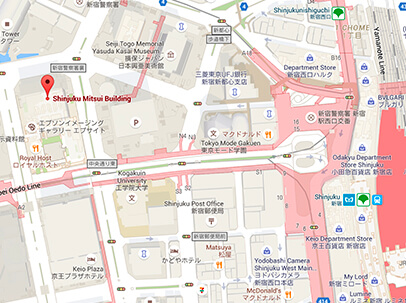2025.06.30
Revision of “Examination Handbook for Patent and Utility Model” (Regarding “Word‐for‐Word Literal Translation”)
The Examination Handbook for Patent and Utility Model was revised on May 29, 2025, and the section “Handling of Non-Literal Translation” was added (Part VII, Chapter 2, Examination of Foreign Language Written Application 7202). During examination at the JPO, examiners refer to the Examination Guidelines and the Examination Handbook. The Examination Guidelines are “a compilation of fundamental concepts regarding the application of the Patent Law and related laws”, forming a framework based on laws and regulations. In contrast, the Examination Handbook is “a compilation of procedures and matters that examiners need to consider when carrying out their examinations”, providing examiners with policies and viewpoints for examinations in a generally recommended manner. Thus, the Examination Handbook may include matters that should not be imposed as obligations on applicants. The present revision introduces a new section on translating Foreign Language Written Applications and Foreign Language Patent Applications that states:
“the translation does not have to be literal (translated word-for-word according to the context based on the terms in the foreign language specification) (The underline was added by us; the same applies hereafter).
The present revision is in view of the former provision of the Examination Guidelines, which was in effect until September 30, 2015. This provision related to the addition of new matters and required that:
“the translation prescribed in Article 36bis(2) needs to be submitted as a proper word-for-word translation in Japanese (a translation document translated into Japanese word-for-word in accordance with the context based on the terms in the foreign language specification)” (now deleted).
The current provision states that:
“the examiner assumes a translation (hereinafter, referred to as an “assumed translation” in this chapter) which is translated from the foreign language document into proper Japanese, and determines whether the amendment is an amendment adding new matters in relation to the assumed translation, where it is presumed that the description, etc. is the description, etc. that is amended for the assumed translation.”
We understand that the purpose of the present revision is to explicitly indicate the appropriate scope required by the relevant laws and regulations in the Examination Handbook. This appropriate scope should be considered by attorneys in Japan who are representing applicants and translating documents. The present revision also aims to resolve discrepancies that arise during the examination process due to translation, etc.
The present revision shows examiners the principles that must be strictly followed when examining the addition of new matters over original text in foreign language written applications. Considering the original purpose of the law when the PCT application framework, the predecessor of the Foreign Language Written Application system, was introduced, we understand that the present revision is in line with the fact that translations required by designated offices should “accurately reflect the matters described in the specification, claims, drawings, or abstract attached to the application into local languages without excess or shortage”.
In other words, when translating a foreign language into a native language (Japanese), the primary focus should be on the adequacy of the content (without excess or shortage), rather than on whether or not the translation is word-for-word. This is a principle of the patent system of the global community, including our nation.
We believe that this revision provides an important insight into the work of foreign agents translating patent applications into local languages, particularly regarding the use of automated translation technologies.
We will continue to pursue the utmost service and support for our clients by closely monitoring the details of the internal operational changes at the JPO.


